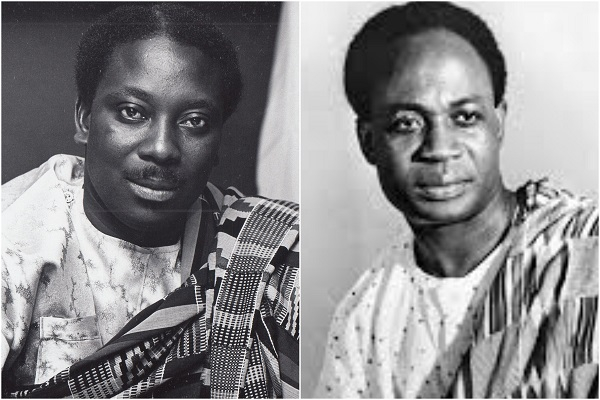~ ~
A distinction often made by progressives in gaming is in the use of the term “gamer”. Many of us avoid applying it to ourselves, because much of the most visible discourse in gaming is outright embarrassing. Nobody with any sense wants to be associated with stories where women characters with face fuzz, or normal body shapes, spark bizarre ultra-misogynist freakouts from popular influencers (and not infrequently developers).
Social progressives and the left make intermittent attempts to push more level-headed analysis, but it’s hard going. Anita Sarkeesian, offering a feminist position, became a byword for monsterings meted out to critical voices by hordes of furious chuds. Noted critic of games enshittification Jim Stephanie Sterling, after coming out as trans, lost a full quarter of their formerly million-strong YouTube channel’s viewership and has been lampooned incessantly. Mainstream sites have been targeted by the far-right on the grounds that their largely milquetoast business-friendly liberalism is an infiltration of The Woke Agenda.
That scene has good reason to aggressively police the boundaries of gaming. As Marijam Did, a longtime friend to both Freedom and the Advisory Service For Squatters, notes in her new book, gaming is by far the largest cultural zone worldwide, outstripping the movies and books which occupy much of our collective critical headspace. Billions of people play on any given day. Capturing the zeitgeist around its most popular products can provide a pipeline for recruitment and a powerful entryway into much broader social influence.
Did’s own aims are clear from early on when she writes: “My ambition here is nothing less than the recruitment of an army of game-changers for this vast and influential field … Nothing was inevitable about gaming becoming the current toxic, misogynist, imperial wasteland with few, albeit crucial, saving graces. In a few short decades, distinct actors made it that way”.
Well said. As Utah Phillips might have put it, gaming’s not dying, it’s being killed, and those who are killing it have names and addresses.
She is meticulous in her detective work, dividing the book into multiple “levels” that tackle increasingly advanced and lesser-addressed aspects of the industry. Level One’s overview of gaming’s early years leads swiftly into an analysis of its well-known demographic tendencies and the ways in which a stunted wannabe machismo built up everywhere, from the pseudoscience of William M Cannon to baleful sexism that ran rampant at Atari.
Many of these processes will be tiresomely recognisable to anyone who’s worked in “modern” industries, and in gaming particularly stories continue to abound, most notably in recent years at Blizzard-Activision.
Did’s analysis is not, however, simply about the darker side as she moves on to Level Two, covering the sometimes enormous communities which have built up around games like Eve Online, World of Warcraft and Elite Dangerous. While these are in no way spaces free of the same problems of exclusion and cant identified earlier in the book, she is careful to highlight the positive aspects of what online gaming offers to millions, including the forming of strong bonds and in-game mutual aid.
This acknowledgement that gaming is not simply a parody but a reflection of life is core to her main thesis that gamers and those who entertain them are nascent political actors, capable of transforming their material conditions. That an analysis encouraging solidarity and indeed class consciousness is vital to untangling the knots the industry has tied itself in.
Both Levels Three and Four, talking about the culture and economics of gaming, build on this with a deep-rooted and thoughtful analysis of the conditions that make up the modern industry, with giant firms hyper-exploiting their numbered franchises, bearing down on and burying the offerings of an indie scene that provides sometimes outstandingly thoughtful fare.
Did’s work has been a success for publishers Verso for very good reasons. It’s timely, incisive and in many ways unique – while there are more left gaming commentators than there used to be, it’s still not even close to enjoying the interest levels of say, television or music.
And it’s important to note how far she’s been ahead of the curve for a long while before getting to this point. Her first foray into the subject was around 2017 with a tech column, Left Left Up, that presaged many of the topics she covers in Everything To Play For. That run-in has given her clarity and depth applying a radical insider’s analysis.
Her conclusions on the immense possibilities for change in gaming draw on a wide gamut of left campaign tools, from building union power to internationalist solidarity and co-operativism – and if you keep an eye out, she doesn’t skimp on the less hierarchical side of things with a particular shoutout to French anarcho-syndicalist workers’ co-op Motion Twin, makers of Dead Cells.
As many reviewers have said before, it’s a must-read for anyone who spends much time pushing pixels.
Marijam Did, Everything to Play For: How Videogames are Changing the World. Verso Books (Sept 2024), 288 pages, ISBN: 978-1804293249. £16.99
This article first appeared in the Summer 2025 issue of Freedom Journal.









